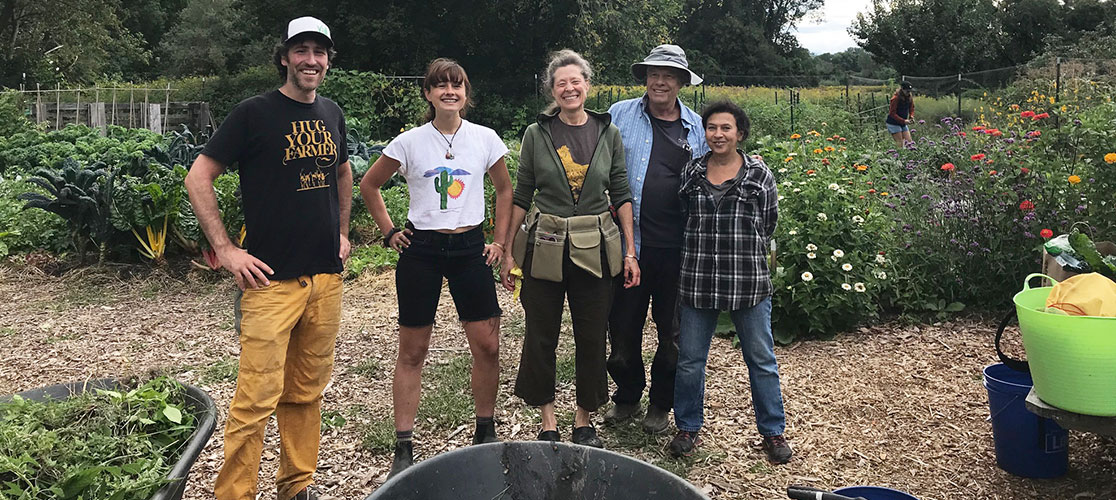
VT Food Security Roadmap: Objective C3
C3: Improve local food access while working on full food security in Vermont
C3: Improve local food access while working on full food security in Vermont

True food security will mean that individuals do not have to rely on charity. In the interim, improvements in supplemental food delivery will still make a real difference in people’s lives. There are many Vermonters in need of food who do not utilize available food supports, and many documented reasons for this.
Strategies pertaining to statewide organizations and agencies are detailed elsewhere in this Roadmap; here, we summarize strategies related to local implementation. Collaborative efforts among community organizations can expand access to food and knowledge of resources and ensure that the needs of priority populations are met.
Keep in Mind
Access to supplemental and charitable food can be fair and equitable when: those accessing the food participate in designing the access; the food is affordable or free; there are no bureaucratic barriers such as lengthy paperwork; the location is safe and physically accessible; the process is free from stigma; information is readily available and in a familiar language; hours of operation coincide with hours that community members are available; people can transport the food; people want and are able to eat the provided food; people are able to prepare the food they receive, or the food is already prepared.
Strategies marked with a ![]() are high-priority
are high-priority
Ensure local users and priority populations guide the design of community-based supplemental program outreach and implementation. Compensate people for their expertise and build relationships with trusted leaders. Offer programs at easily accessible times and places, and use both digital and non-digital methods of outreach.
Tailor programs to the stated needs of the most vulnerable in a given community—for example, if housing security is low, develop food supports that do not rely on refrigeration, reheating, or equipment.
Evaluate whether local food access initiatives are convenient to the relationships and routines people already have. Make free food available in places people already go to regularly, such as schools, doctors’ offices, early childcare settings, and senior care facilities, so no additional trips are needed.
Replicate Vermont’s successful, localized food spaces, to build social ties, promote food sovereignty, and distribute free and subsidized food. Examples in Vermont communities include gardens, ovens, freezers, and producer markets.
“If there are physical/logistical barriers, create drop-off sites or other mechanisms that don’t necessarily put the burden on the farmer to create that distribution—especially for rural folks.”
“Often people who did not grow up food insecure do not know how to access free food without shame. This can be a huge barrier to feeding families. Community networking would be an excellent way to alleviate this.”
“We do a pretty good job of making food available. We do a terrible job in outreach—to find the people who need food but for many reasons do not come to get it.”
“I wish there was a way to lessen the stigma of asking for help. I work in a school and many families are embarrassed to admit they need help providing food for their children.”
“Stigma around food insecurity is deeply ingrained into our culture. Ensuring that Vermonter’s have access to food in a dignified manner (low barrier, able to access in a variety of ways, as anonymous as possible) is essential.”